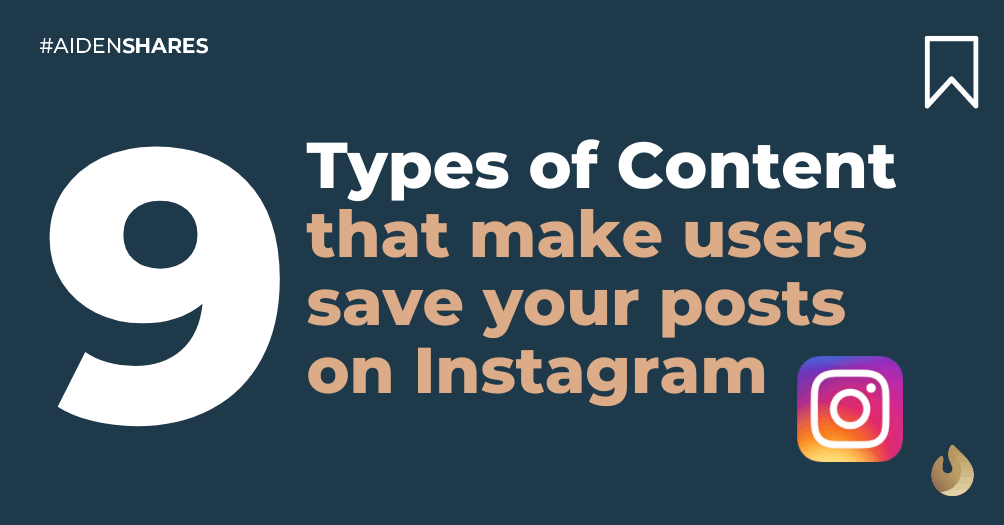Best practices for Mobile SEO

Search engine optimization (SEO) is one of those areas that are overcomplicated with technical jargon and complex theories, but the rules are really quite simple. SEO is not about machines, it’s about people. Search engines want to deliver the site that is the most relevant and best-equipped to answer the mobile searcher’s query. Search engine spiders – the robots that patrol the Web indexing sites and content – are designed to emulate human visitors. The secret to good SEO, in many cases, is to making sure your site serves the mobile user/searcher better.
Make it mobile (Mobile optimization and SEO go hand-in-hand)
Websites should be optimized for the user’s mobile device. There are two aspects to this: dealing with the limitations of the device and taking advantage of unique features of the device. Let’s start with the limitations. These devices come in numerous shapes and sizes, but generally have a much smaller screen than a PC and less computing power, typing on them is more difficult and generally they connect via mobile operator networks, which generally aren’t as fast and efficient as a wired Internet connection. This means sites designed for PC typically do not perform well on mobile devices, unless they have been made mobile friendly. So: as search engines want to deliver the best results, given the choice, they will prioritize a mobile or mobile-optimized site ahead of one that might work badly on a mobile device.
Make the most of Mobile (Use the unique capabilities of mobile devices to serve your visitors better)
Next, let’s look how playing to the advantages of mobile devices will improve the mobile experience and thus improve SEO.
The terms mobile-friendly site and mobile-optimized site are often used indiscriminately, but they are different. Mobile-friendly means the site will work well on a mobile device, where the mobile-optimized site is designed to take advantage of the functions of mobile devices such as SMS, voice, camera, global positioning system (GPS) and so on. These are functions that don’t exist on a PC and/or don’t make sense on a PC site. For this reason the mobile-optimized site is usually a different Website from the PC site, sometimes served on the same URL, some times on a dedicated URL such as site.mobi or m.site.com.
Mobile is Different (Mobile and PC users search for different things)
In addition to being a different physical device to the PC, the mobile context – i.e. where you are, what you are doing and what you want – can also be different. Both factors influence what mobile users search for. The obvious examples focus on the device itself, so mobile users might search for “mobile coupons” (PC uses tend to search for “printable coupons”), “ringtones”, “android apps” or “mobile games”.
This gives mobile-optimized sites a head start over mobile-friendly sites when it comes to search optimization. The difference is clear when you compare the dedicated mobile sites of Gameloft wapshop.gameloft.com and EA,wap.ea.com, which emphasize their mobile games content, while Disney’sgames.disney.com which serves the same content to both the PC and mobile audience, does not.
Great examples of mobile context-related search are motoring incidents such as breakdown, accidents or broken windshield. Because these situations are most likely to occur while out on the road, the first port of call is the mobile Web. This means there is a higher incidence of mobile searching for terms like “towing” and “roadside assistance”, than for terms like “auto insurance” where PC searches dominate.
Good Housekeeping (Apply the Basic Rules of Web Design and SEO should follow)
When you understand the mobile context of the user, and what they are likely to be looking for you are in a better position to define the purpose of the mobile site and the content therein. Make sure that site sections, navigation and pages are all given titles and URLs that accurately describe the site and what is on the page, using common terminology e.g. “contacts”. Take into account what will appeal to the mobile searcher and what language they are likely to use when they search.
Start each page with a descriptive introductory sentence, use logical heading and sub-headings (humans and search-engine spiders, alike, scan pages to find out what’s there). Make Web links obvious and label them accurately so they describe the page to which you are linking – avoid ‘read more’ or ‘click here’.
SEO experts refer to the words commonly used in searches (relevant to your site), as keywords or search phrases – allowing these to influence these naming conventions and your copy-writing is known as on-page optimization. If you are a “Hotel in Times Square” or if you make “mobile games” make this the focus of your Webpage(s). The key rule is to design the site and write the copy for the user, while making sure you have ticked the boxes for the search engines, never the other way round.
Keywords helps humans and search-engine spiders understand what is contained on a Webpage. Use them where they would naturally occur, but don’t force keywords in or needlessly repeat them for SEO purposes – search engines take a dim view of such manipulation. For example The Manhattan Hotel (N.B. this URL delivers an entirely different site and experience on a mobile device to PC) emphasizes its location in its brief copy (and URL), with four logical links to sections: reservations, accommodations, directions (with mapping), and contact us (with click-to-call/email).
All sites should also take note of accessibility. Visually-impaired people use screen readers to “read” Websites, these require images to be described in alt-text and screen-readers also struggle to read non-html content such as Flash. Luckily, search engine spiders have similar preferences to screen readers. So accessibility improves search optimization.
Content is King (The Three Different Stages of Compelling Content)
Content is the heart of all mobile sites – the more useful, compelling and regularly updated the content, the more frequently people and spiders will visit, and the more readily people will recommend the site, by linking from other sites and social media. There are three levels to this:
- Content that promotes and sells your company and its goods and services.
- Content and services that ad value to the sale, including in-depth product information, advice and reviews, and regularly updated offers that drives opt-ins and increases loyalty.
- Helpful articles and information, entertainment, giveaways and competitions that are related to the business/customer relationship, but may not necessarily drive sales.
This third stage is called content marketing. Done well, these services should be useful to the visitor/customer, as well as being a big benefit with SEO.
To Wrap it Up
The importance of SEO on mobile sites cannot be neglected. With mobile usage outstripping desktop, the importance of this issue is further magnified. Learn more about our local SEO for Singapore here.






